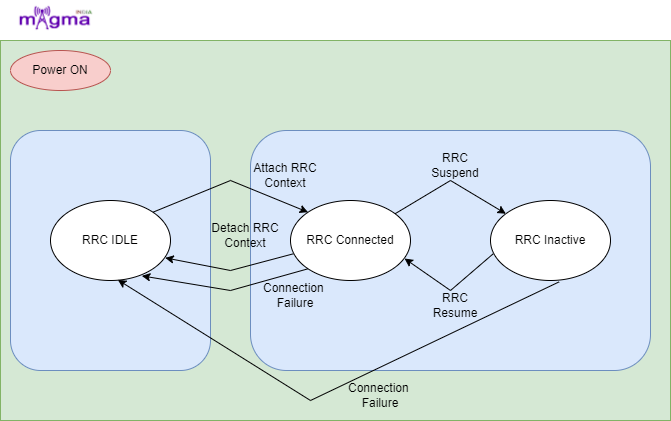MAGMA HN MILENAGE
BY – Shubham Kumar Source: https://www.etsi.org/deliver/etsi_ts/133100_133199/133102/11.05.01_60/ts_133102v110501p.pdf Section 3.2 Generating 5G Authentication Vectors Source: https://github.com/magma/magma/blob/6122b3a667ba8e0c29dda827261904c1efc963ed/lte/gateway/python/magma/subscriberdb/crypto/milenage.py#L56 Generating SQN Source: https://www.etsi.org/deliver/etsi_ts/133100_133199/133102/11.05.01_60/ts_133102v110501p.pdf Section: C.3.2, C.1.1.2 C.1.1.1 Source: https://github.com/magma/magma/blob/master/lte/gateway/python/magma/subscriberdb/processor.py#L323 Generating RAND Source: https://github.com/magma/magma/blob/6122b3a667ba8e0c29dda827261904c1efc963ed/lte/gateway/python/magma/subscriberdb/crypto/milenage.py#L292 Generating OPc OPc(Derived operator code unique for each SIM) is derived from OP(Operator Code) and K(Secret Key). OP and K are first encrypted using AES-128 Encryption Algorithm …
